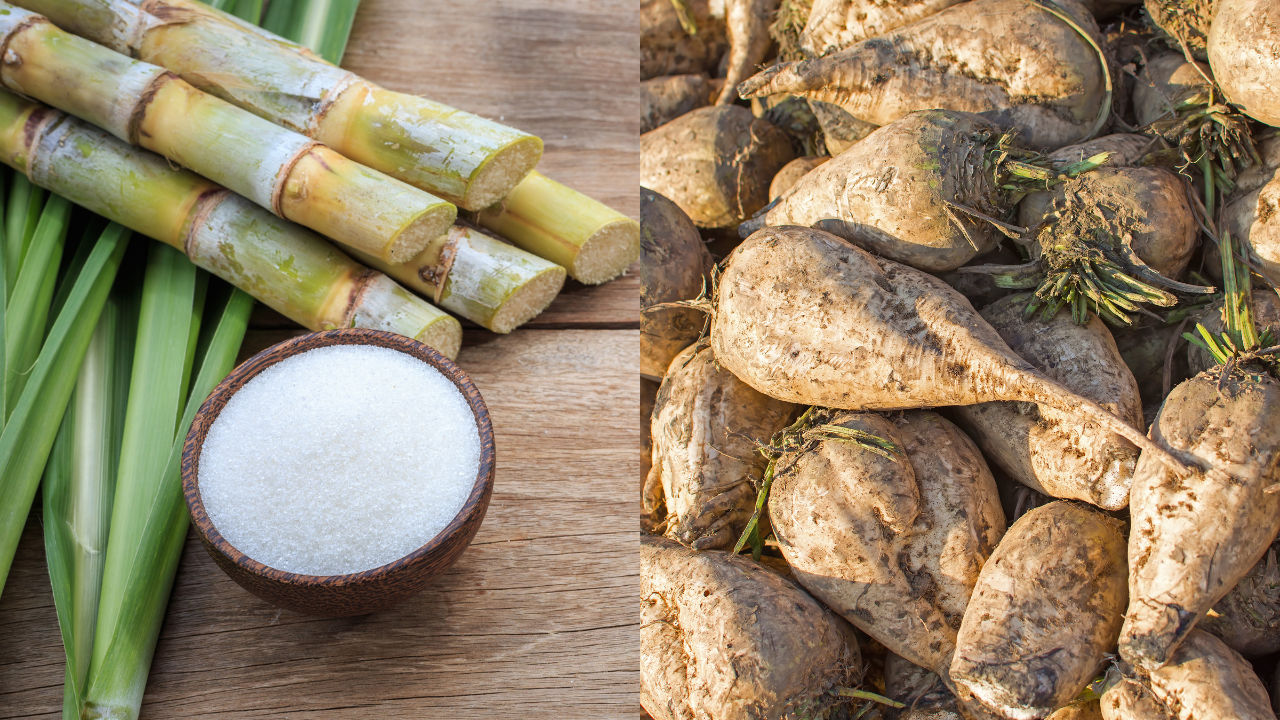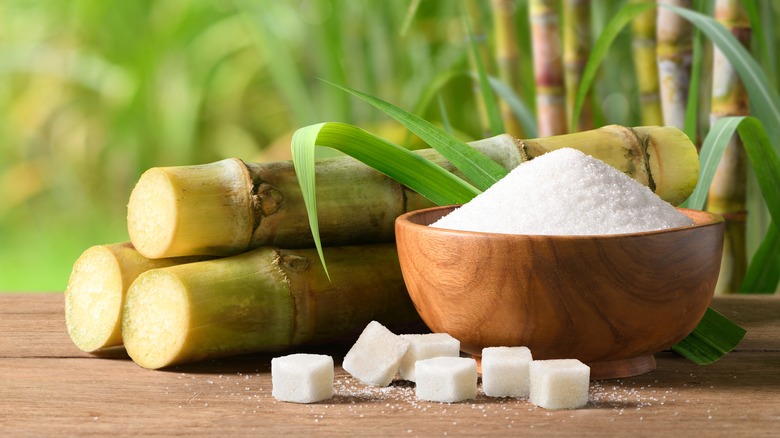The growing techniques for beet sugar vs cane sugar contribute to differences in harvesting time.
The growing techniques for beet sugar vs cane sugar contribute to differences in harvesting time.
Blog Article
Discover the Uses and Conveniences of Beet Sugar Vs Cane Sugar in Your Daily Diet
Checking out the distinct high qualities of beet and cane sugar exposes greater than simply their sweetening capacities; it highlights their unique influence on wellness and cookeries. Beet sugar, understood for its refined flavor, is frequently favored in fragile desserts, whereas cane sugar, with its hint of molasses, adds richness to robust recipes. Each kind holds its own nutritional profile and glycemic ramifications, inviting a deeper understanding of their roles in a balanced diet regimen and lasting consumption practices.
Beginning and Manufacturing Processes of Beet and Cane Sugar

The unique environments and soil types needed for growing sugar beets and sugarcane add to distinctions in their growing practices and geographical circulation, affecting the business economics and sustainability of their production. beet sugar vs cane sugar.
Nutritional Contrast In Between Beet Sugar and Cane Sugar
Despite originating from various plants, beet sugar and cane sugar are nutritionally extremely similar, both primarily including sucrose. Each provides concerning 4 calories per gram, translating to approximately 16 calories per tsp. Structurally, both sugars are made up of approximately 99.95% sucrose, with very little quantities of various other substances like dampness and trace element, which do not considerably alter their nutritional profiles.

Ultimately, when selecting in between beet sugar and cane sugar based upon nutritional web content alone, both offer similar benefits and drawbacks as they are essentially types of the same molecule-- sucrose, supplying quick power without other nutrients.
Effect On Health: Glycemic Index and Caloric Material
Discovering even more into the results of beet sugar and cane sugar on health, it is very important to consider their glycemic index and calorie content. Both sugars are classified as sucrose, which includes glucose and fructose. This make-up leads them to have a similar influence on blood glucose degrees. The glycemic index (GI) of both beet and cane sugar is around 65, categorizing them as high-GI foods, which can cause quick spikes in blood glucose degrees. This is an important element for individuals handling diabetes mellitus or those attempting to stabilize their energy levels throughout the day.
Each sort of sugar has around 4 calories per gram, making their caloric web content matching. For those keeping track of caloric consumption, particularly when managing weight or metabolic health problems, recognizing this equivalence is vital (beet sugar vs cane sugar). Extreme intake of any type of high-calorie, high-GI food can contribute to health and wellness concerns news such as excessive weight, heart illness, and insulin resistance.
Environmental and Economic Considerations of Sugar Production
Beyond wellness influences, the manufacturing of beet and cane sugar likewise raises considerable environmental and economic issues. Sugar beet farming tends to call for cooler climates and has a reduced geographical footprint contrasted to sugar cane, which thrives in exotic regions.
In addition, making use of pesticides and fertilizers in both beet and cane sugar cultivation can lead to dirt destruction and contamination, more influencing biodiversity and local water bodies (beet sugar vs cane sugar). The option in between growing sugar beet or cane commonly pivots on local environmental problems and economic elements, making the sustainability of sugar production a complicated concern
Culinary Applications and Taste Differences
While the environmental and financial facets of sugar manufacturing are certainly significant, the option between beet and cane sugar likewise affects culinary applications and taste accounts. Beet sugar, originated from the sugar beet plant, is understood for its remarkably neutral taste. This makes it a versatile ingredient in cooking, where it does not alter the taste of various other parts. It liquifies promptly and is excellent for usage in cakes, cookies, and breads.
Cane sugar, drawn out from sugarcane, usually maintains molasses traces, which present an this link unique richness and deepness. This mild molasses taste improves the intricacy of baked goods, sauces, and marinades. It is check these guys out especially favored in items where a sugar touch is preferred, such as in brownies or gingerbread. Furthermore, the slight variant in moisture content between beet and cane sugar can affect the structure and consistency of recipes, making cane sugar a preferred option for particular recipes that gain from its distinct buildings.

Conclusion
Finally, both beet and cane sugar have distinctive origins and production procedures, providing comparable dietary profiles with mild distinctions in sodium content and flavor. While their effect on wellness, particularly regarding glycemic index and calories, is equivalent, the selection in between them usually steams down to environmental, economic variables, and details culinary needs. Understanding these aspects can guide consumers in making notified choices that align with their wellness objectives and flavor choices.
Report this page